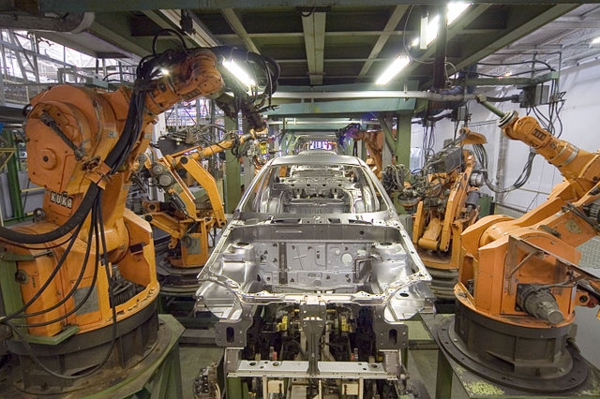Being a machine builder or system integrator assumes a lot of responsibility, commanding a lot of attention. This is especially so due to the use of safety robots, when – if misused – can be particularly dangerous. This article will give advice on the use of safety robots and highlight the differences between conventional automation and robotic applications when it comes to safeguarding.
Firstly, it should be noted that the first port of call for system integrators and machine builders is to read the HSG43 Industrial Robot Safety which is published by the HSE (Health and Safety Executive). This handy little book should be your bible for all things health and safety in your role.

The HSG43 will cover the principles of safeguarding robot systems, assessing risks, training, and identifying hazards. Further safety information for installation, testing and programming, commissioning, and maintenance are covered in the HSG43.
However, the HSG43 was released in 2000 and this means that it may be out of date in regards to specific standards.
Safety Threats from Unpredictability
It must be acknowledged that when dealing with robots, unpredictability can lead to significant health and safety risks and dangers. This is when the operating envelope, motions and other performance parameters are not clearly defined within the machinery.
Furthermore, robots used for lifting must meet the requirements of LOLER (Lifting Operations and Lifting Equipment Regulations) and PUWER (Provision and Use of Work Equipment Regulations).
The safety risks of machinery depend on the particular robot and its application, and you therefore need to assess the risk before acquiring and using any robot. Thus safety precautions should be made in the early planning stages of using a robot. This planning should be carried out by both the user and robot supplier.
Industrial Accident Claims
If you have been in a work related accident there is a good chance that you will be entitled to file an industrial accident claim against your employer. This will most probably be paid for by your employer through their insurance set up and so you ought not to worry about your claim upsetting your bosses.
It is however, your responsibility to relate what occurred with the utmost truth and admit to any circumstance which may indicate you being to blame for the accident.
Industrial accident claims can be made from up to three years after the advent of the accident, and may take a while to be processed.
Michael Cole is a British freelance writer and Industrial Engineer

